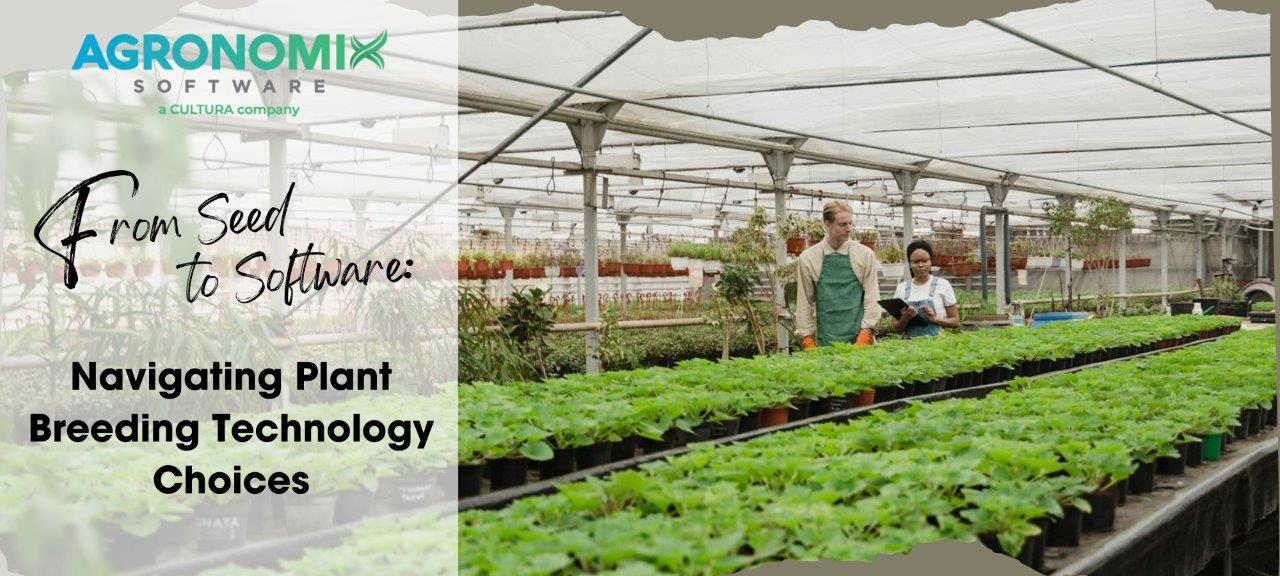Don’t Settle for Less
Turf and forage breeding is big business. The turf industry is high profile with sports fields, golf courses and home lawns. Meanwhile, forages don’t get near the support in terms of funding, but it’s just as important for grazing livestock, land rehabilitation and reclamation, as well as conservation and habitat.

But due to the biology of these crops, plant breeders have very different needs when it comes to research data management. Forage breeders have a very different structure and approach. Unlike their annual crop counterparts, forage breeders need to research, evaluate and record data across multiple cuttings and years.
All too often these breeders are forced to work within existing software programs not made for research across multiple years. They manually construct new experiment designs or use makeshift tactics to get by.
Think: If you could take any experimental design and with one click expand it out three years or five years. Not only that, but when you analyze the data, all the means are stored for every location and every year. You can see all your trial data from all years across all locations with all traits. If you want to see all the data for one or more years, or trait A for three years across all trials and locations, it’s nearly impossible in Excel.
To do what you need to do as efficiently as possible, you need a highly connected database that relates to the practical realities of a breeder.
In other words, software has to be built around the way plant breeders work and conduct variety trials.
If I’m taking data on individual plants, I want to score plants I select within a population. I should be able to expand the data structure for as many or as few plants as I want. Let’s say I’m working on stem rust and have a plant population of 5,000. I want to see the average score of all

my plants. Being able to see that my population averages a 2 is much better than a 7 or 8. This saves me time and allows me to build a selection index. I now know which plants or populations to focus on..
The data has to be highly interconnected in a meaningful way, so that you as a breeder can pull out the information needed. What exactly do I mean by this? Years, locations, experiments and traits should all connected to a genotype. Then I can search by genotype or I can search all the data for a given trait, or all the data for a given year. To do that, everything has to be highly connected.
Are you settling for something less?
(First published on SeedWorld.com | October 2016 | Updated July 2019)
Find out how we can help at: agronomix.com
Dr. Dieter Mulitze is Founder and CEO of Agronomix Software Inc. – developers of leading plant breeding software for breeders and variety testers.





